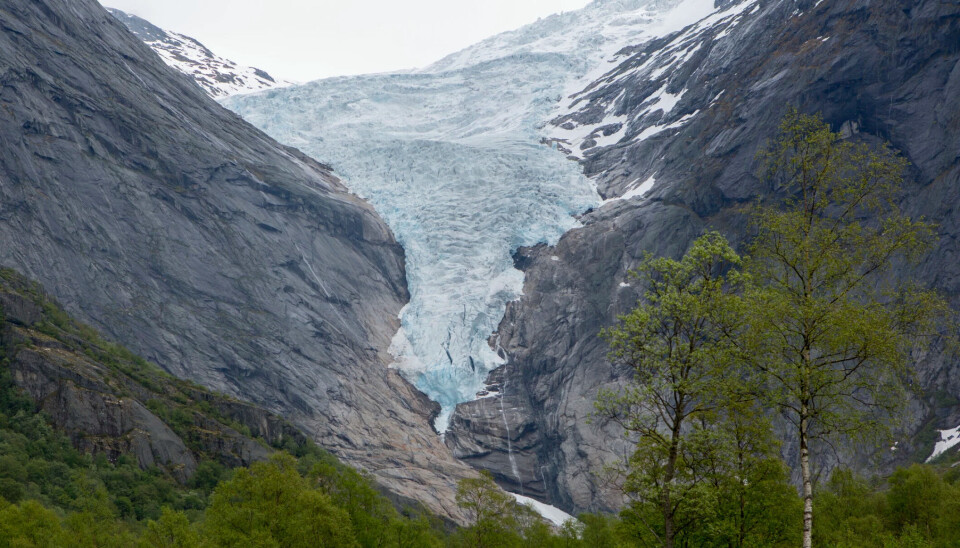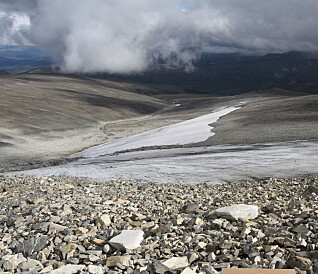
Most of the glaciers in Norway could disappear before the year 2100
According to new calculations, half of the world's glaciers will melt away this century, even if warming stays within the 1.5-degree target.
Up until the year 2100, it will be worst in areas with relatively few glaciers, such as Scandinavia and the European Alps, Titan.uio.no writes (link in Norwegian).
“We estimate that Scandinavia will lose at least 60–80 per cent of its ice, even without further warming,” Professor Regine Hock says.
She works at the Department of Geosciences at the University of Oslo.
“For more realistic scenarios, such as 2.7 degrees of global warming by 2100, Scandinavia loses around 90 per cent of its ice and glaciers,” she says.
The largest glaciers will shrink substantially
The largest glaciers will manage.
“But they too will shrink substantially,” Hock says.
Together with international researchers, Hock has presented new calculations for the melting of glaciers.
“And for the first time, we also provide figures on how many glaciers will disappear, not just the total ice mass,” she says.
Every degree counts for Svalbard
In colder areas with more ice, melting will be slower. But these areas are also vulnerable to a rise in temperature. Svalbard is a good example of that.
“If the temperature rises by 1.5 degrees, Svalbard will retain around 80 per cent of its ice, but for every degree of warming there is a massive increase in how much of it disappears. At 4 or 5 degrees, there is nothing left,” Hock says. “Every degree counts for Svalbard, and any reduction in emissions will help preserve glaciers on Svalbard.”
———
Translated by Alette Bjordal Gjellesvik.
Read the Norwegian version of this article on forskning.no





































